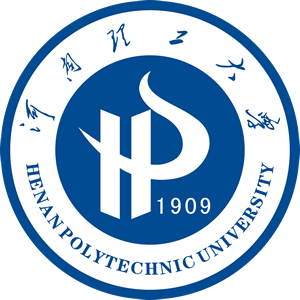
Address: No.2001, High-tech Development Zone, Jiaozuo City, Henan Province[454000] Tel: 0391-3987068 E-mail: zkxb@hpu.edu.cn,skxb@hpu.edu.cn |

Home
|

Natural science
|
| Author: LIN Xinyan,YANG Xinyu,WANG Xinwu,XUN Haisu,LIU Huanhuan,JANG Il Young | Time: 2024-03-25 | Counts: |
doi:10.16186/j.cnki.1673-9787.2023020073
Received:2023/02/27
Revised:2023/04/10
Published:2024/03/25
Seismic performance analysis of centrally braced steel frame with one-side bolt connection
LIN Xinyan1,YANG Xinyu1,WANG Xinwu2,XUN Haisu2,LIU Huanhuan2,3,JANG Il Young4
1.School of Civil Engineering,Henan Polytechnic University,Jiaozuo 454000,Henan,China;2.Henan International Joint Laboratory of New Civil Engineering Structure,Luoyang Institute of Science and Technology,Luoyang 471023,Henan,China;3.School of Science,Wuhan University of Technology,Wuhan 430070,China;4.College of Civil Engineering,Kumoh NationalInstitute of Technology,Gumi-si 39177,South Korea
Abstract: Objectives In order to study the seismic performance of braced and semi-rigid steel frame structure system, Methods a center-braced steel frame with semi-rigid beam-column joints composed of nested one-side bolts and T-stub was designed, and the quasi-static test and finite element numerical simulation were carried out. By observing the entire experimental phenomenon, the seismic indicators such as hysteresis, bearing capacity,stiffness degradation, and energy dissipation were analyzed. Results The results show that the failure process of the specimen has gone through three stages: elastic section, plastic section, and failure section, the failure mode of the specimen is mainly the buckling failure of the brace under compression, and the plastic deformation mainly accumulates on the brace system, presenting the characteristics of ductile failure as a whole. After the brace breaks, there is no obvious plastic deformation in beam-column and T-shaped steel joints, and the steel frame still has a high safety reserve, which conforms to the design principle of “strong joints and weak members.” It indicates that the structure has two lines of seismic resistance. Conclusions The cooperative work of brace and semi-rigid steel frame makes the specimen have high lateral stiffness,horizontal deformation resistance,high bearing capacity,stable hysteretic performance and excellent energy dissipation capacity;During the test,the mechanical performance of the one-side bolts are not significantly different from that of the ordinary high-strength bolt,and there is no serious relaxation of the preload,and it can effectively maintain the bolt preload. Through finite element numerical analysis, it is known that reducing the slenderness ratio of the brace can effectively improve the seismic performance of the structure,but a small slenderness ratio can lead to an increase in the stiffness of the brace and accelerate the damage of other components. Therefore,in order to effectively improve the seismic performance of the structure, it is necessary to consider the ductility of the structure and reduce the slenderness ratio of the brace.
Key words:center brace;one-side bolts;T-stub;semi-rigid connection;seismic performance